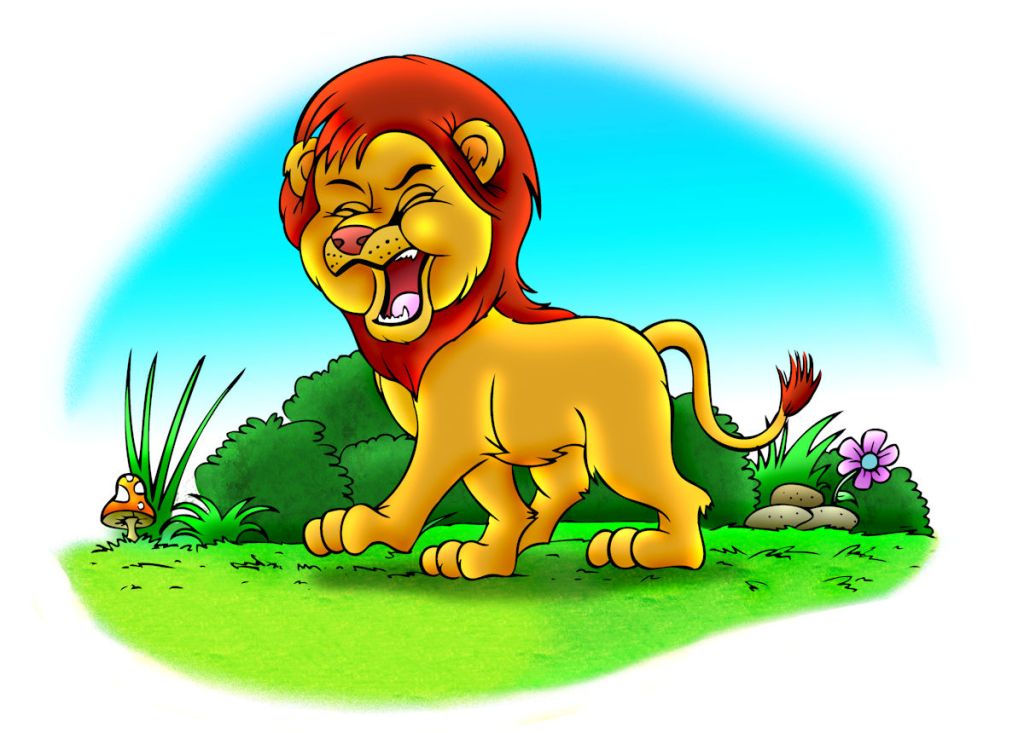In Tips & tricks for self publishers – Part 1 I shared with you my insights into old school publishers and literary agents.
Assuming you have received your rejections – or more likely, no replies at all – you will now be ready to stick it up their proverbials and self publish.
So please find below Part 2 of my series which explains how to get started with an e-book…

If you can use Microsoft Word, you can publish an e-book.
I started my foray by turning Ryan the Lion into an e-book via Kindle Direct Publishing (then called Digital Text Platform). I chose KDP for several reasons:
- I trust Amazon (the owner of KDP)
- Kindle (Amazon’s e-reader) has sold in the millions
- My e-book is automatically stocked in the Kindle Store
- My commission percentage is healthy, and
- I retain control over my work (to update it, set its pricing etc).
Oh, and it’s effectively free. Basically, Amazon sells your e-book and provides you with a slice of the pie.
A caveat that you should be aware of sooner rather than later is that KDP is Amazon-only. That means your book won’t be stocked in Barnes & Noble, the iBookstore, or anywhere else. It also means your e-book will be in Kindle format (not ePub).
To remedy this situation, I concurrently published my e-book through Smashwords. I originally chose Smashwords because of their distribution deal with Apple, but I have since found them to be a pleasure to work with.
Smashwords can publish your e-book in multiple formats: HTML, PDF, Kindle, ePub, LRF and PDB. More importantly, however, they can ship your book to multiple retailers: Barnes & Noble, iBookstore, Sony Reader Store, Diesel, Kobo, and of course, Amazon.
I opted out of the latter because I had already created my e-book through KDP. I still prefer KDP for Amazon because they accept HTML as the content file, which gives me more control over the structure of the final product. If you aren’t familiar with HTML, you may prefer to forgo KDP for Smashwords.
Strangely, Smashwords doesn’t ship to the Google eBookstore. Nevermind, you can upload an ePub file to Google’s catalogue via their partner program.*
* Well, that’s the theory. I uploaded my ePub several weeks ago but it still hasn’t appeared in the Google eBookstore, despite my validating the file and contacting Google Book Support to resolve the issue. I’m starting to get the feeling it will never appear…
So now you know how to self publish an e-book, you are ready for Tips & tricks for self publishers – Part 3 in which I’ll explain how to self publish a paperback…







